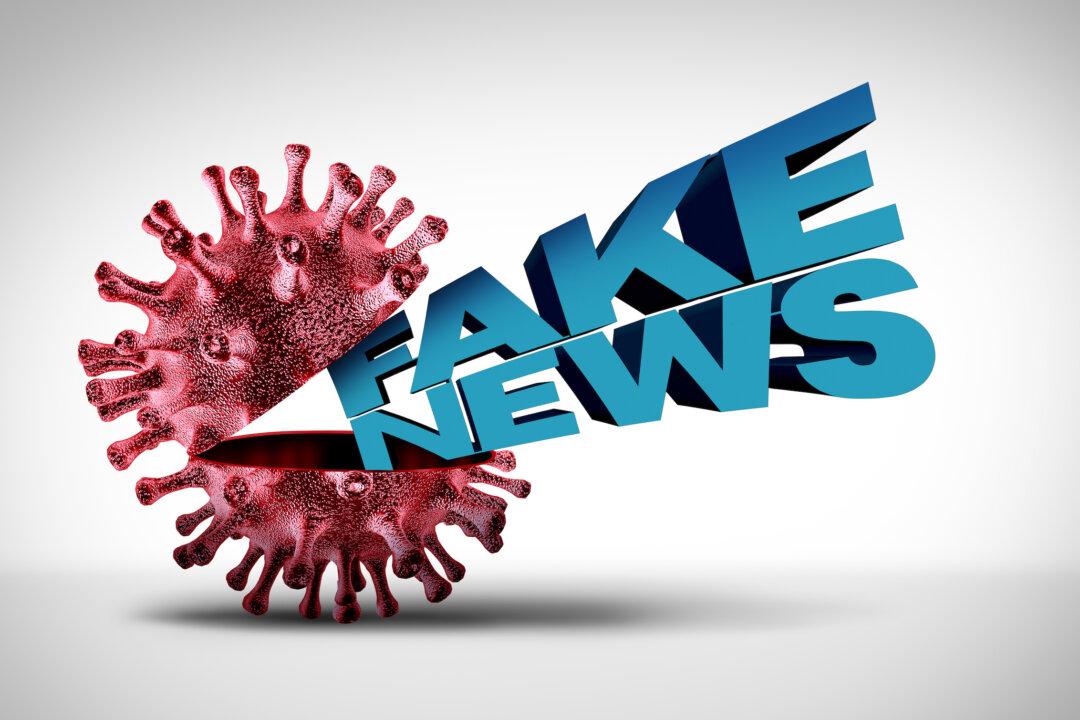I recently had the pleasure of getting to know one of my favorite pseudonymous writers on Substack who goes by ‘A Midwestern Doctor.’ This powerful essay needs as wide exposure as possible.
Pierre Kory is a pulmonary and critical care specialist, teacher, and researcher. He is also the president and chief medical officer of the non-profit organization Front Line COVID-19 Critical Care Alliance whose mission is to develop the most effective, evidence/expertise-based COVID-19 treatment protocols.
Author’s Selected Articles





